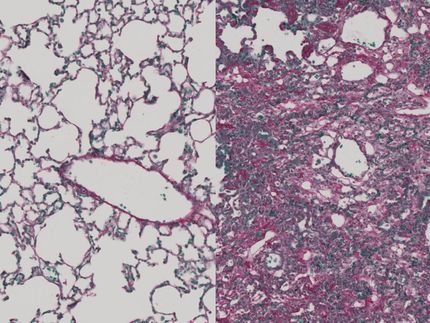New tools to combat kidney fibrosis
Advertisement
Interstitial fibrosis – excessive tissue scarring – contributes to chronic kidney disease, which is increasing in prevalence in the United States.
Raymond Harris , M.D., and colleagues have previously implicated the epidermal growth factor receptor (EGFR) in the pathogenesis of diabetic nephropathy and kidney fibrosis, but the role of sustained EGFR activation in the renal tubule (a specific region of the kidney) is unknown.
The investigators have now developed a mouse model of persistent EGFR activation in epithelial cells of the renal proximal tubule.
They demonstrated that the mice develop spontaneous, progressive tubulointerstitial fibrosis, characterized by epithelial cell dedifferentiation (loss of “mature” identity), increased numbers of myofibroblasts and immune cells, and increased matrix deposition. Genetic or pharmacologic inhibition of EGFR activity reduced fibrosis.
The study shows that sustained EGFR activation in the kidney causes kidney fibrosis. The mouse model provides a platform to identify novel targets and treatment strategies to combat fibrosis
Original publication
Most read news
Original publication
Jessica M. Overstreet, Yinqiu Wang, Xin Wang, Aolei Niu, Leslie S. Gewin, Bing Yao, Raymond C. Harris, and Ming-Zhi Zhang; "Selective activation of epidermal growth factor receptor in renal proximal tubule induces tubulointerstitial fibrosis"; FASEB J; 2017
Topics
Organizations
Other news from the department science

Get the life science industry in your inbox
By submitting this form you agree that LUMITOS AG will send you the newsletter(s) selected above by email. Your data will not be passed on to third parties. Your data will be stored and processed in accordance with our data protection regulations. LUMITOS may contact you by email for the purpose of advertising or market and opinion surveys. You can revoke your consent at any time without giving reasons to LUMITOS AG, Ernst-Augustin-Str. 2, 12489 Berlin, Germany or by e-mail at revoke@lumitos.com with effect for the future. In addition, each email contains a link to unsubscribe from the corresponding newsletter.
























































